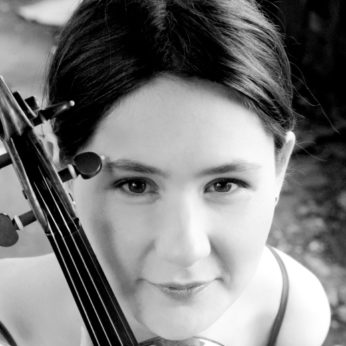Armenian composer Tigran Mansurian was born in Beirut from parents who had earlier fled the Ottoman pogrom. His family returned to Armenia in 1947, becoming repatriated in what he subsequently described as a Stalinist recruiting ploy, settling in a remote mining town, before moving to the capital Yerevan in 1956. Here Mansurian developed his interest in composition, studying at the Yerevan State Musical Conservatory before going on to teach contemporary music analysis and composition. He began to effect a synthesis between ancient and traditional Armenian folk and church melodies, and modern European compositional techniques.
This cross-pollination of Armenian tradition and experimental composition has remained a central feature throughout Mansurian’s work. He describes his ongoing efforts to meld these musical worlds as a primordial struggle; Just as wild animals fear the hunters, so does folklore fear meeting the Western musician, armed with musical notation and composition techniques.
The violin concerto is the conclusion of a trilogy begun with the second cello concerto, followed by the double concerto for violin and cello. All three concertos use string orchestras, a facet that helps to unite their sonority and timbre.
The work opens with a terse and introspective melody from the lower strings. Mansurian calls this the Cross theme, hinting at its meditative circularity and its pivotal role in the mysticism of his work. The theme is answered and transmuted by the upper strings into an iridescent yet ephemeral motif of simple and profound intensity. These potent phrases form the melodic bedrock of the piece, returning again and again in ever shifting guises.
The orchestra concludes its introduction and the solo violin enters with concise and repetitive melodies derived from the opening motifs. The sentiment is heavy and forlorn, increasing in intensity as the upper registers of the instrument are gradually explored. The orchestra begins to accompany the violin, acting as an anchor to its frantic wandering. Double stops appear with increasing profusion, frequently destabilising the monophony of the solo voice, punctuating its own phrases with moments of schizophrenic anxiety. Just when it seems impossible to cope with any further increase in tension, the opening motif returns with its moment of fleeting beauty, marking the mid-point of the work.
The following passages mark a new phase of interaction between the solo line and orchestra, together weaving an increasingly tempestuous narrative. Together they howl transcendent dissonances of crackling intensity, until the cross theme returns to reinstate a sense of tonal centre and composure. From this point on we experience a retreat back through the themes explored in the opening half, a slow cycling through the motifs so deeply embedded in the core of the work. Yet instead of concluding with a purely cyclical return to the sombre opening, Mansurian leads us through passages of warmth and optimism to a new timbre that encapsulates and transcends the preceding turmoil in the closing bars.
